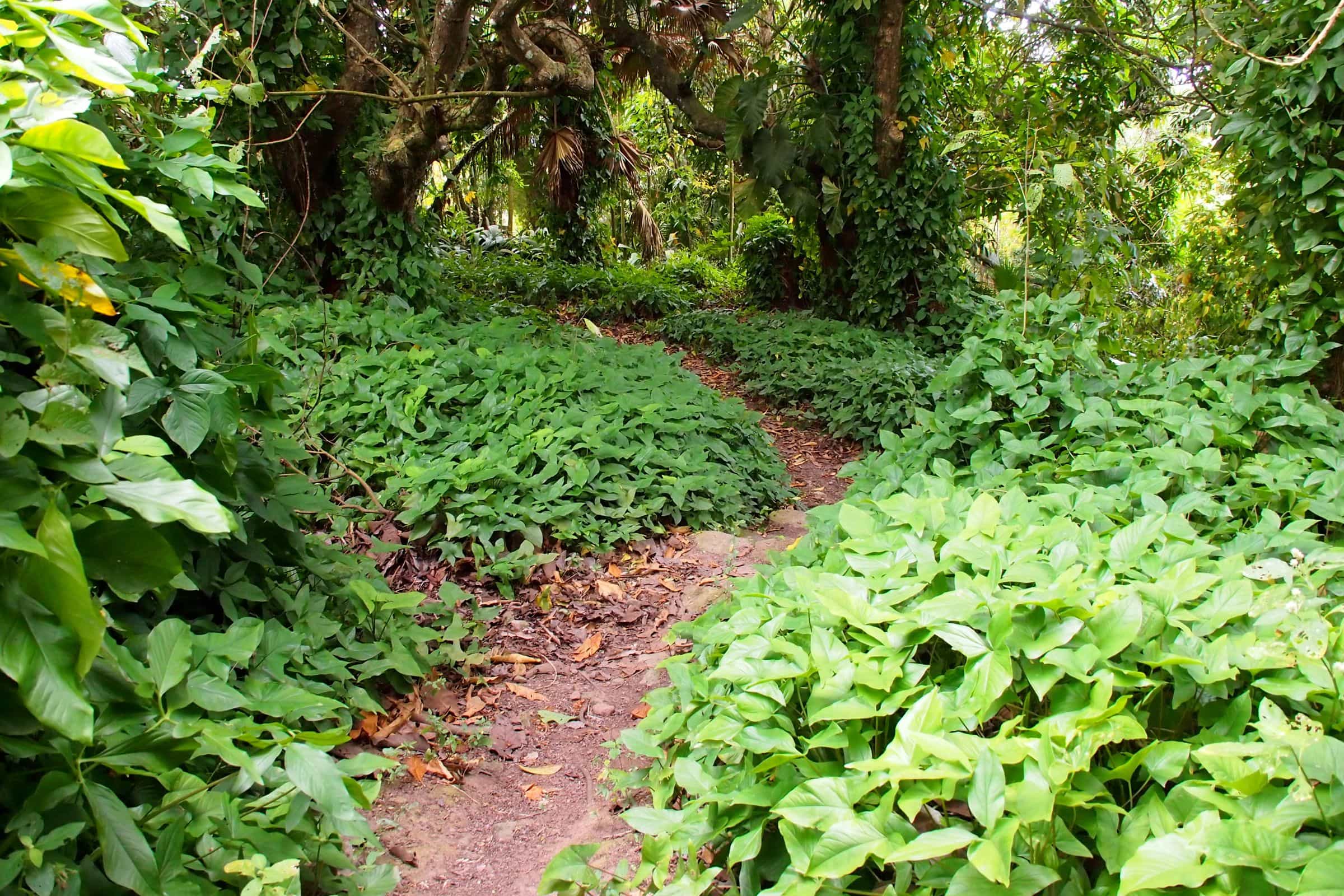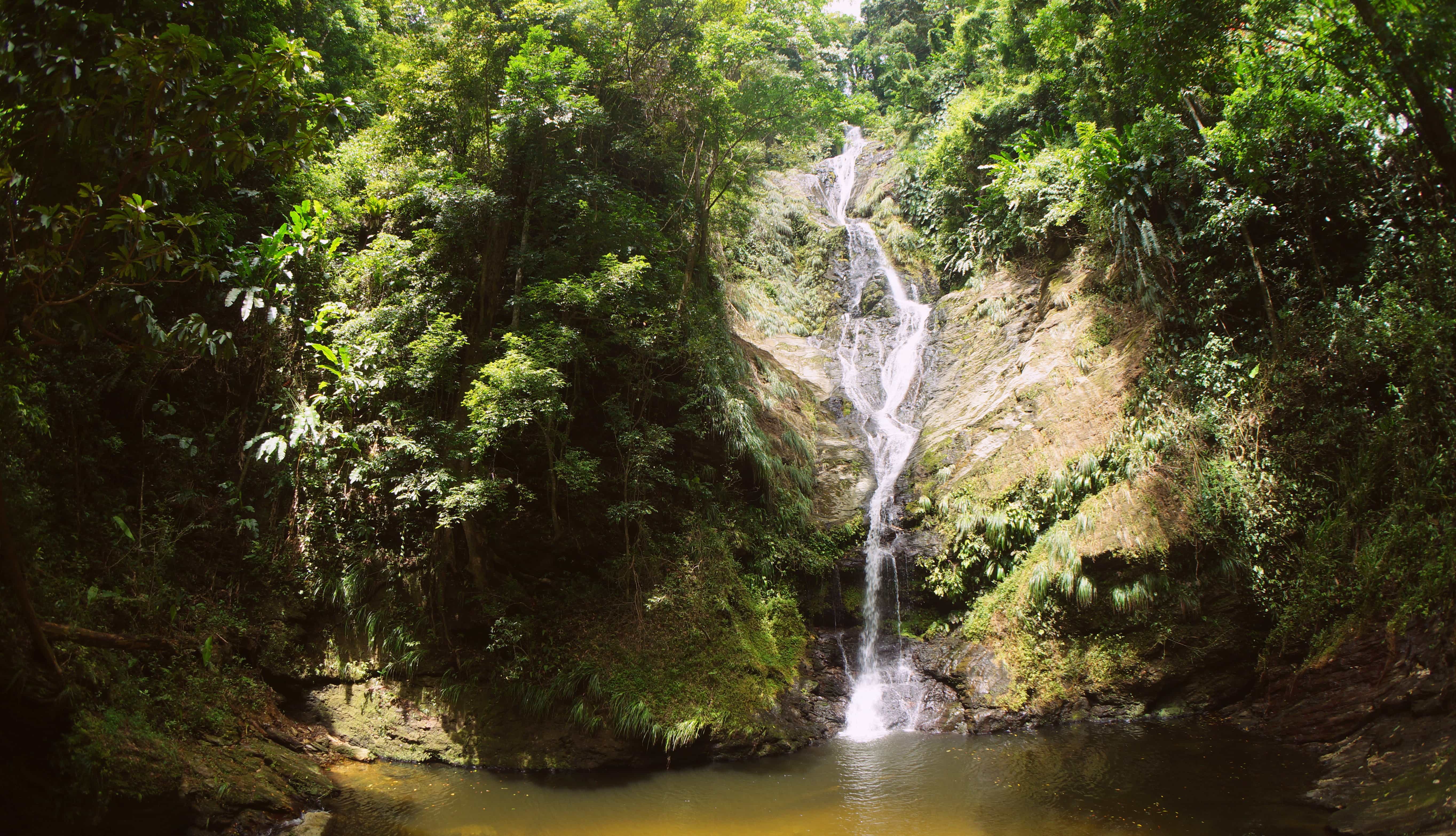Should You Stack Rocks on Your Caribbean Hiking Adventures?
We see them along the trails and at the focal points that make our favorite hikes all across the Caribbean just that – conspicuous piles of carefully stacked rocks and stones of varying heights, shapes, and sizes. Technically, they’re known as cairns, an old Gaelic term for a mound of rocks meant to serve as a memorial or landmark of some kind.
No doubt, those that leave these markers generally have a good reason for doing so; celebrating a loved one long passed who enjoyed hiking, for instance.
In ancient times, though, cairns were super-sacred and/or critical to survival. In some indigenous Caribbean and Amerindian cultures, cairns marked graves. During pre-lighthouse days, cairns were used to navigate through Norwegian fjords by Norse sailors. Ancient cairns dating back hundreds of years still today serve as markers along trails through the Tibetan Plateau, the Andes, Mongolia, and elsewhere.
These rock piles certainly weren’t for show, as the ones pictured above that I came across on Baby Beach in Aruba recently appeared to be, which is partly why some conservationists have called for hikers to refrain from making their own cairns today.
The other part to the why: erosion.
Move enough rocks and you just might leave the soil underneath at too great a risk for being washed away, inhibiting natural plant growth, while also destroying insect homes and breeding grounds.
Is this overkill; a case of perhaps hugging our proverbial trees too tightly?
Who’s to say. I, for one, though, plan to continue leaving rocks, and most every other natural thing I encounter, in their places along my Caribbean hikes.
What about you…?



